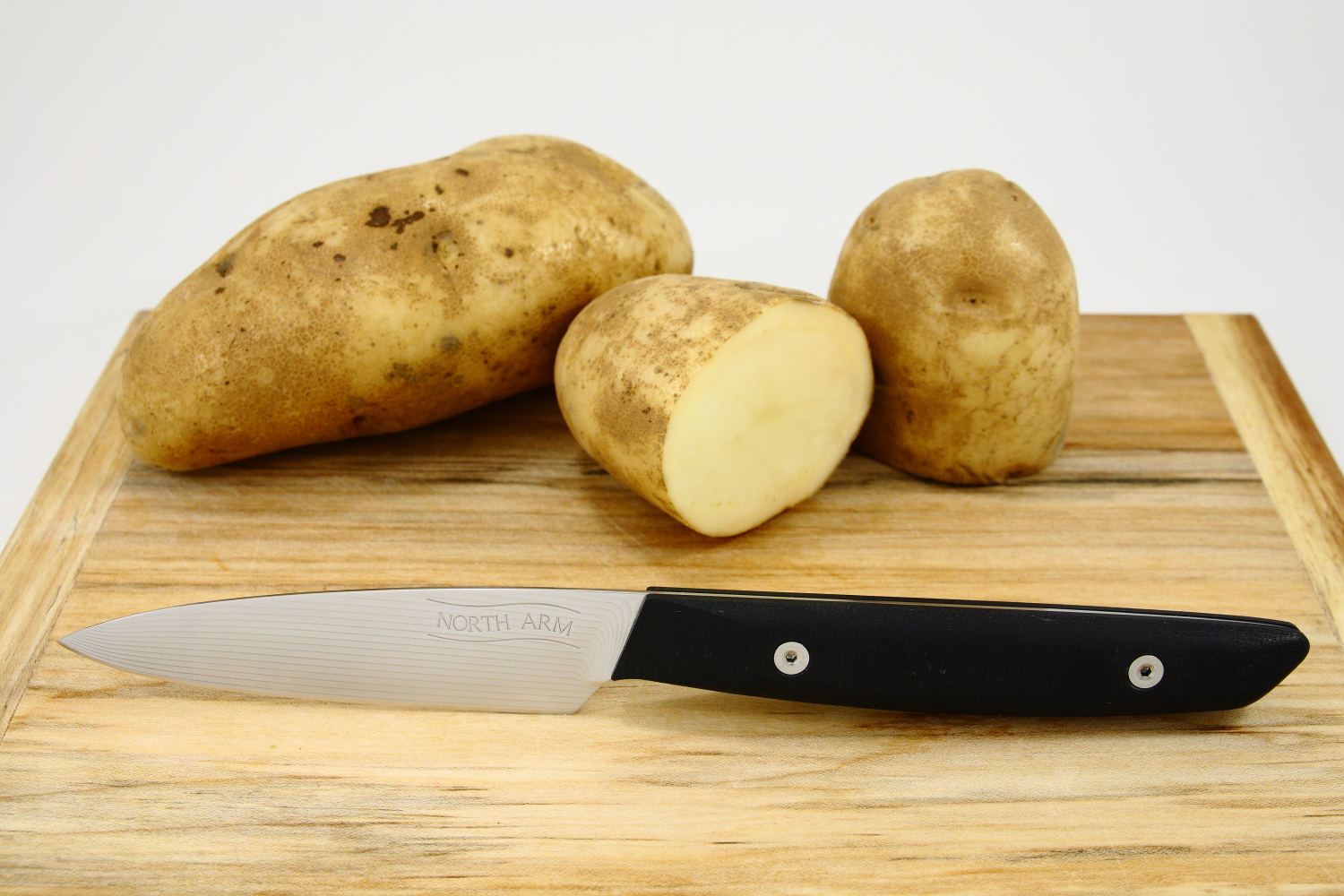This afternoon I cheated on the KKF and browsed the /r/chefknife subReddit. One of the threads was from a guy who had bought a cheap knife and inquired about the marks on the bladeface that looked like marks left by a tiny caterpillar track (picture here: https://www.reddit.com/r/chefknives...iba_to_practice_sharpening/eep8b42/?context=3 )
I had seen those mark before, on the bladeface of my KIWI knives, also very cheaply made blades. They didnt look like they were left by any grinding device I know. I therefore suspected the taper toward the edge on those knives is produced by pressing/squashing the blade between two super powerful gearwheels and it is the teeth on those gearwheels that leave those marks.
That method would be more expensive for small production runs because of the upfront cost for the machinery but cheaper for extremely large numbers of knives because it could work quicker and at the same time almost without wear and tear on your tools.
Does anybody know enough about industrial style knife manufacturing to explain what leaves those marks and who can tell me if my guess is correct?
I had seen those mark before, on the bladeface of my KIWI knives, also very cheaply made blades. They didnt look like they were left by any grinding device I know. I therefore suspected the taper toward the edge on those knives is produced by pressing/squashing the blade between two super powerful gearwheels and it is the teeth on those gearwheels that leave those marks.
That method would be more expensive for small production runs because of the upfront cost for the machinery but cheaper for extremely large numbers of knives because it could work quicker and at the same time almost without wear and tear on your tools.
Does anybody know enough about industrial style knife manufacturing to explain what leaves those marks and who can tell me if my guess is correct?






